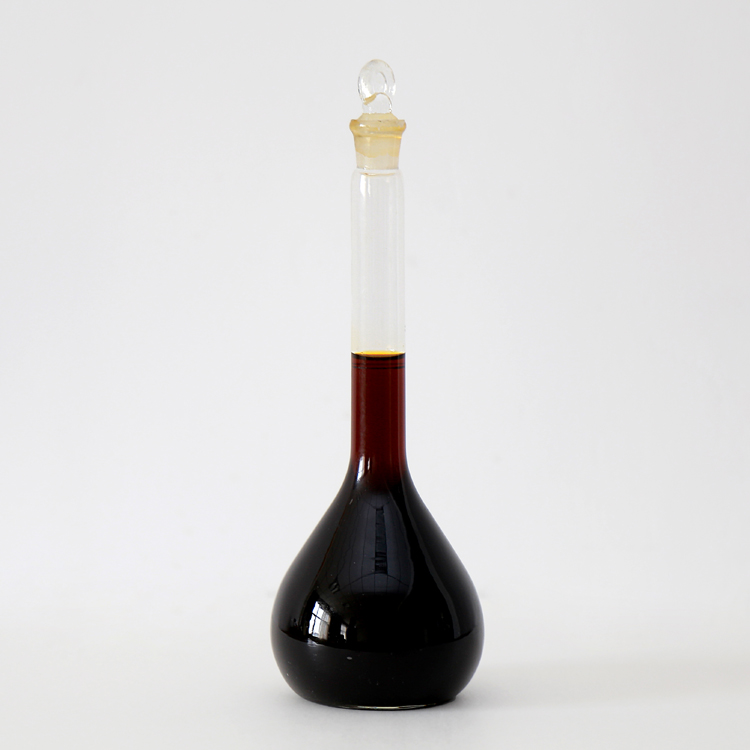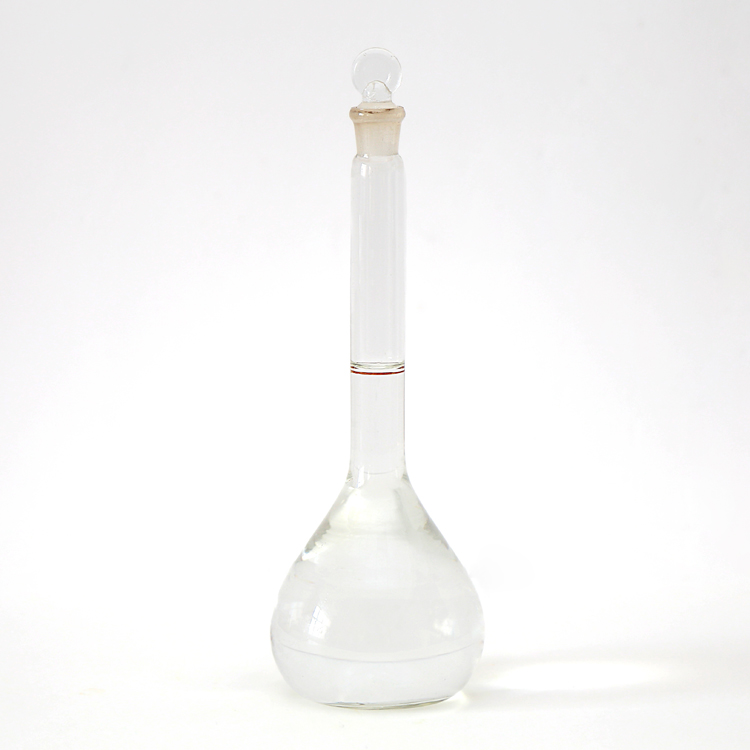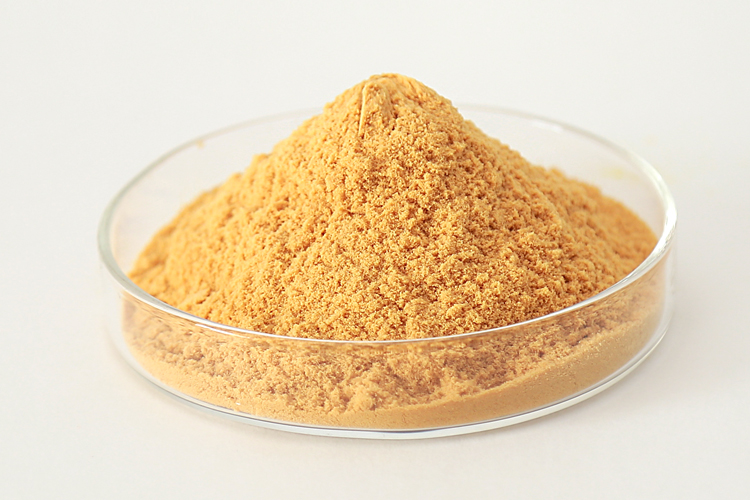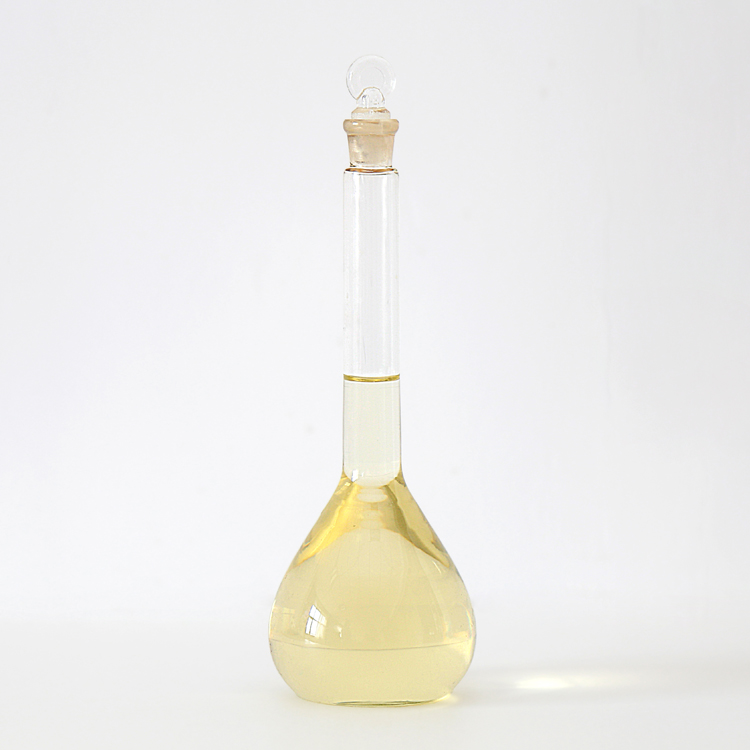
COMPANY NEWS
- Home >> NEWS >> COMPANY NEWS
Product recommendation
Hot News
Contact us
- Tel:+86-0391-3126812
- Phone:+86-15803910375
- Add:The west industrial cluster area of Jiaozuo City, Henan province, China
- E-mail:aefk@aefkchem.com
Decolouration and flocculation mechanism of polyferric sulfate
Polyferric sulfate is suitable for COD removal of printing and dyeing wastewater. There are many kinds of wastewater in printing and dyeing industry and their composition is disordered. Therefore, there are various treatment methods for printing and dyeing wastewater. Flocculation is one of the common and useful treatment methods for printing and dyeing wastewater. Most of the coagulants selected are mainly aluminium or iron salts, in which the bridge adsorption function of basic aluminium chloride (PAC) is better, while the price of ferrous sulfate is lower. Because inorganic flocculants are used alone with large dosage of agent, complicated operation, large sludge production, high treatment cost and poor decoloring effect, people put the main point of discussion on the composition of new high-efficiency decoloring flocculants. The main advantages of the coagulation method are simple process flow, convenient operation and management, low equipment investment, small area and high decoloring power for hydrophobic dyes. The defects are high running costs, large amount of sludge, difficult dehydration and poor treatment effect on hydrophilic dyes.
Polyferric sulfate is suitable for COD removal of printing and dyeing wastewater. The wastewater in printing and dyeing industry is chaotic and changeable. It is characterized by high alkalinity, deep color, many organic substances and disordered components. Some dyes contain toxic nitrobenzene and amino compounds. For the treatment of printing and dyeing wastewater, the main points of treatment should be organic pollutants (COD) and color. The color of printing and dyeing wastewater is mainly formed by reflecting natural light of dye particles suspended in the wastewater without dyeing reflective light. Therefore, decoloration is essentially the removal of suspended particles from wastewater. There are many ways to treat printing and dyeing wastewater. Flocculation is one of the common and useful treatment methods for printing and dyeing wastewater.
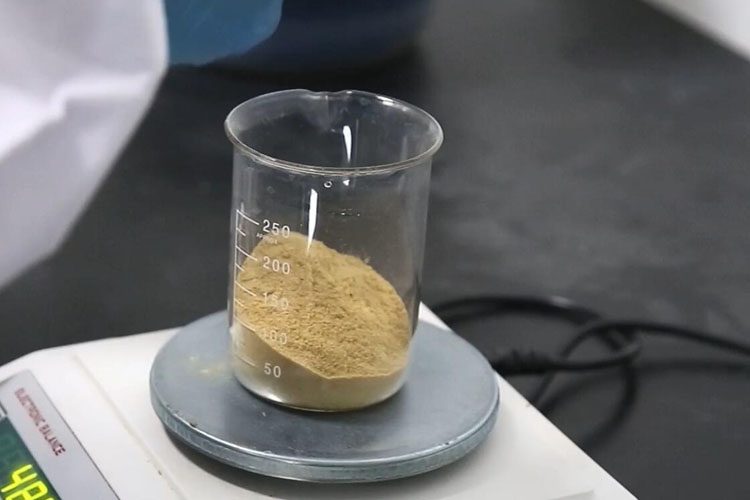
Polyferric sulfate is suitable for COD reduction of printing and dyeing wastewater. Decolouration and flocculation mechanism of Polyferric sulfate: Polyferric sulfate has a relatively stable shape and hydrolysis is slow. After being added, it is adsorbed as the existing shape meets the rubber particles, i.e. the adsorption process precedes the hydrolysis process. In addition, the hydroxy polymer will undergo hydrolytic deposition on the surface of adsorption, exerting the effect of electrical neutralization and Bridge flocculation together. Polyferric sulfate can provide a large number of highly cohesive polymeric iron ions such as [Fe(H2O)6]3+, [Fe2(H2O)7(OH)3]3+, [Fe3(H2O)5(OH)4]5+ in aqueous solution. These Polyferric ions have significant adsorption bridging and deposition net trapping effect, so they have stronger flocculation ability and better flocculation effect than other iron or aluminium flocculants.
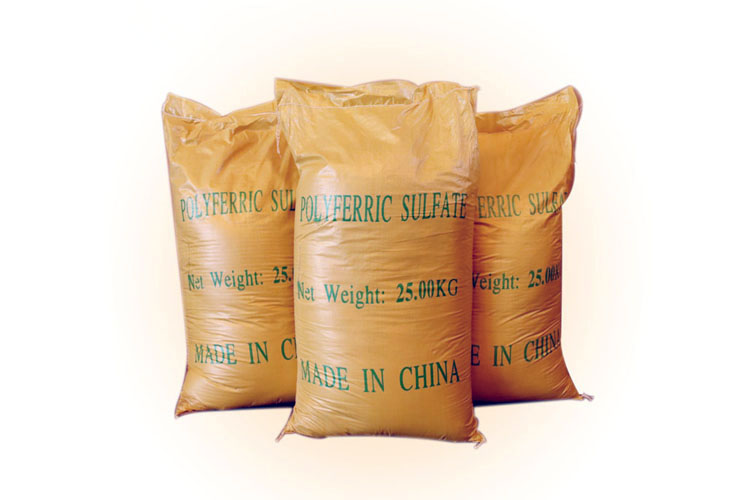
Thank you for your attentionHenan aierfuke Chemical Co., Ltd:Focus on water treatment, only for the healthy world! Our company is committed toPolyaluminium chloride、Polyferric sulfateThe R & D, manufacturing and sales of series of water purification materials are willing to create success with our customers and friends.
 Chinese
Chinese English
English Russia
Russia


